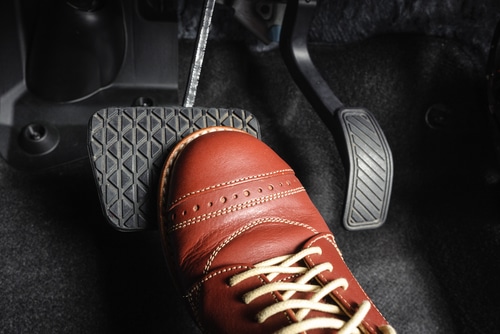Home » Blog » Car » Cars: Understanding Them » 5 Defensive Driving Skills You Need to Know
Categories
Tags
animal welfare
breed profile
buying a car
buying a pet
Car
car accessories
car care
car features
car insurance
Car safety
car sales
car service
cat
cat behaviour
cat body language
Cat Breeds
cat food
cat insurance
comprehensive car insurance
Dog
Dog Behaviour
dog body language
Dog Breeds
dog food
Dog Insurance
dog training
eco friendly cars
Kitten
New Car
pet accessories
pet activities
Pet Adoption
pet breeders
pet days of the year
pet fun stuff
Pet Health
pet insurance
pet parenting
Pet Safety
pet services
Puppy
rescue pets
road safety
road trip
safe driving
Recent Blog:
Facebook Posts
1 day ago
Growing old sometimes means we can’t take care of pets anymore. Find out some advice on what to do when this happens:![]()
![]() Senior Pet Parents – Contingency Plans for Your Pet – bit.ly/44bzwkS
... See MoreSee Less
Senior Pet Parents – Contingency Plans for Your Pet – bit.ly/44bzwkS
... See MoreSee Less
Senior Pet Parents' Contingency Plans for Pets
www.pd.com.au
Sometimes senior pet parents need more downtime. For older pet owners, this can be tricky to navigate if their dog or cat is full of beans and wants to3 days ago
Before you rev up the engine, let’s run through a checklist of things to do before starting your car. Not only do these steps ensure your safety (and that of others around you), but they also help in maintaining your vehicle's longevity.![]()
![]() Driving Tips: Your Checklist Before Starting Your Car -
... See MoreSee Less
Driving Tips: Your Checklist Before Starting Your Car -
... See MoreSee Less
Driving Tips: Your Checklist Before Starting Your Car
www.pd.com.au
Heading out for a drive? Hold up a second! Whether you're dashing off to work, running errands, or embarking on a road trip adventure, there are a few1 week ago
Are intestinal worms setting up camp in your dog’s gut without paying rent? Here’s how to spot the main culprits and get rid of them too:![]()
![]() Preventing, Identifying and Treating Intestinal Worms in Dogs - bit.ly/43YjCKu
... See MoreSee Less
Preventing, Identifying and Treating Intestinal Worms in Dogs - bit.ly/43YjCKu
... See MoreSee Less
Preventing, Identifying and Treating Intestinal Worms in Dogs
www.pd.com.au
Intestinal worms, such as roundworms in dogs are one of the least glamorous topics on the planet. These intestinal parasites that basically use our dogsSafe driving is defensive driving – because anticipating danger on the road is key to safety. Driving skills are about more than just knowing the road rules and mastering the mechanics of driving a car. The best way to stay safe on the road is to be aware of the conditions and other road users, adjusting your driving accordingly. We’ll tell you how…
By following these five defensive driving tips, you can become a more aware and better driver.
In this article
What is defensive driving?
‘Defensive driving’ is all about proactively anticipating danger so you’re ready to respond quickly if need be. To quote many an Aussie dad, “Assume everyone else on the road is an idiot”. Thanks, Pops, but what does that actually look like in a practical sense?
To improve your skills as a defensive driver, consider taking on board the following five steps. They’re by no means an exhaustive list and we’re not the defensive driving experts (more on them further down). But by taking these points into consideration you will help protect yourself better while on the road.
So, here’s our list of the top practical defensive driving tips.
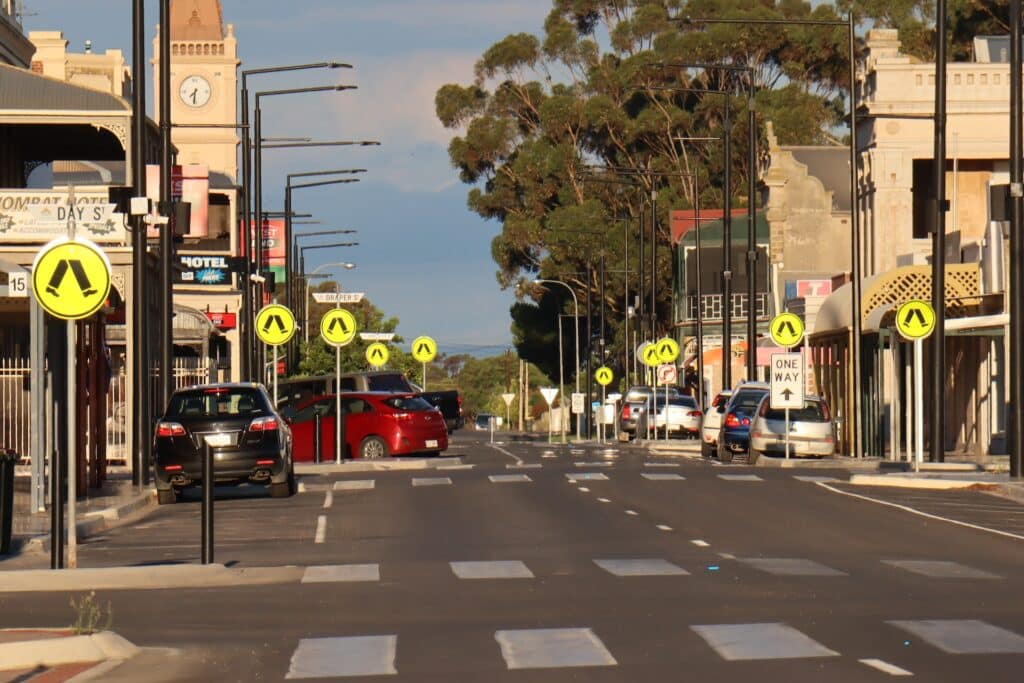
1. Prepare for the trip
Think about your trip ahead before starting the drive. This is the first step to implementing your defensive driving skills. By planning ahead you can eliminate many potential distractions that could otherwise lead to distracted driving during the trip.
According to the Australian Automobile Association, distracted driving accounts for around as much as 16% of serious casualty road crashes.
This figure shows how important it is to ensure you and your vehicle are ready before starting your trip.
- Make adjustments
Before you put the car into gear, arrange your seat and mirrors into the optimum position. Connect your phone to the Bluetooth system, choose your music, or queue up some podcasts and place your water bottle where you can reach it without taking your eyes off the road.
- Check your route
Check Google Maps or Waze to see if there’s congestion or an accident on your chosen route and plan a different route accordingly. Make sure you’ve filled up the wiper fluid, checked your lights are working and removed any loose objects in your car that could move around and distract you.
- Keep everyone secure
Restrain pets and ensure kids have something to keep them entertained for the trip – read why car seats for kids are essential. Travelling with your pet? Then check out the ultimate Guide to Pet Safety in Cars.

2. Scan your surroundings regularly
Be vigilant and aware of what’s happening around you. This is the best way to anticipate what other drivers might do so you can take timely action to stay safe. This is a fundamental principle of defensive driving.
- Navigating roundabouts
Defensive driving can come in handy if you’re navigating roundabouts because other drivers might be distracted, unsure, or unclear about their intentions. Safety first, always!
- Checking mirrors
Check your mirrors regularly and observe what the traffic is doing as far up ahead as you can see. Knowledge is power and mirrors give you more knowledge of what traffic is doing around you. This will allow you to brake safely if the traffic is stopped, merge early if a lane ends, or spot a hazard like a broken-down vehicle or deteriorating road condition.
- Braking early
You might see a slow truck ahead in your lane up ahead, but because you’re also scanning mirrors you know you won’t be able to merge lanes to overtake right away. In this instance, you can brake early instead of suddenly, which has a flow on effect for the vehicles behind you. This defensive driving skill can help avoid potential pile-up accidents.
- Being aware of pedestrians and side streets
It’s also a good idea to quickly scan side streets as you approach to avoid potential ‘t-bone’ accidents. Keep an eye on what pedestrians are doing too, especially children who can be easily distracted. Ditto with people walking pets.

3. Don’t take the other driver’s word for it
While it’s nice to have faith in our fellow citizens, defensive driving is about trusting yourself rather than others. It’s a bit like the principle used for aeroplane travel emergencies: “put your oxygen mask on first” before helping others. Although in this instance, using defensive driving skills help you and those you share the road with.
Ultimately, when you’re on the road, never trust anyone because the best way to be able to react to trouble on the road is to expect it.
Sure, that driver might be indicating to turn, but never pull out in front of them until they’re actually making the turn. Never assume another driver will make space for you to merge lanes, either. Instead, adjust your speed to create space for yourself. You can’t control them, but you can control what you do.
Assume other drivers will go straight through a stop sign or a red light and be ready to take action if they do. Never assume the car pulling out of that driveway up ahead can see you. Instead, be ready for them to pull out in front of you.
It might sound like overkill, but being suspicious of other drivers means you’re alert and ready to act quickly should the need arise.
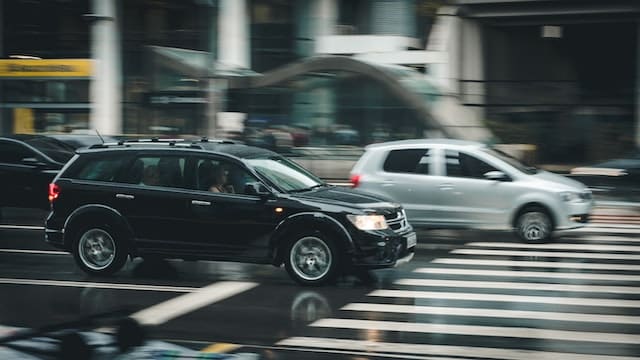
4. Create a ‘crash avoidance space’ around your vehicle
Another great defensive driving skill is creating a buffer zone around your vehicle. This is also known as the ‘crash avoidance space’. Adjust your road position and speed to ensure you have your own space on the road, with time to react if something dangerous happens.
Nearly a third of all road vehicle accidents in Australia involve nose-to-tail collisions caused by tailgating or driving too close to the car ahead. It’s important to keep a minimum three-second distance between you and the car ahead so you have time to brake safely if you need to.
If someone merges into your crash avoidance space, slow down a little to re-establish a three-second gap. Those few seconds you take to slow down will do little to impact the overall length of your trip, so be patient to stay safe.
When approaching the crest of a hill, move further to the left to avoid oncoming traffic you can’t see over the hill. If you’re driving on a road that has two or three lanes per side consider driving on the far left unless necessary (ever heard the term ‘death lane’?) It may just be the difference between a head-on collision and your safety.
However, you may want to hug the centreline of the road when driving past parked cars – in case a car door opens and someone gets out. Always give cyclists as much room as possible too, while remaining mindful of oncoming traffic.
In wet weather and times of poor visibility, your crash avoidance zone should expand to accommodate the more challenging conditions. Read our top tips on driving safely in bad weather.

5. Take a defensive driving course
The information outlined in this article is a great place to start. But the best way to become a safer driver is to complete a defensive driving course.
Defensive driving courses are offered in every state. These practical courses can give you that highly valuable hands-on experience in controlled environments. These controlled environments mimic different road conditions and situations so you can test and hone your defensive driving skills.
You’ll learn the theory of defensive driving and get to practice what you’ve learned in your own vehicle. Ultimately, you’ll become a more aware driver with better driving skills. You’ll be better prepared for the dangers that might present themselves to you (and your passengers) on our roads.
How long does a defensive driving course take?
Defensive driving courses are designed to teach drivers the art of safe and responsible driving. They go beyond the basic rules and regulations and focus on developing a proactive mindset while on the road. The duration of a defensive driving course can vary depending on several factors, e.g. the content covered, provider, and method of instruction.
On average, a typical defensive driving course can last anywhere from four to eight hours to a whole day. Some courses are a single day while others spread out over several days or weeks (allowing you to learn at your own pace).
For those with a busy schedule, there are also online courses defensive driving courses available. These offer the convenience of self-paced learning from the comfort of your home.
While the duration may seem like a considerable commitment, the benefits of a defensive driving course make it well worth the time and effort.
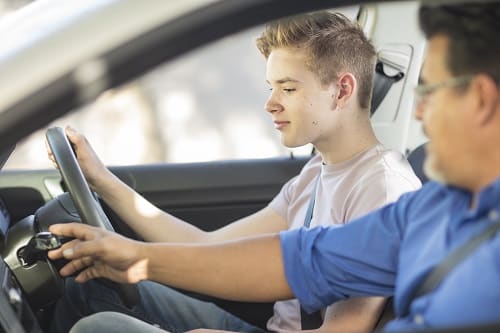
Can you do a defensive driving course on your learners?
The answer varies depending on the state or territory you reside in. In some parts of Australia, defensive driving courses are open to learners. In others, they may be restricted to fully licensed drivers.
To get the most accurate information, you should contact the local transport or road authority in your state or territory. They can provide you with up-to-date information on whether learners are allowed to take defensive driving courses and any specific conditions or requirements that may apply.
Do defensive driving courses reduce accidents?
Defensive driving courses do have the power to reduce accidents and make our roads safer for everyone. By honing your driving skills, being alert to potential dangers and keeping your cool under pressure, you can significantly decrease the chances of accidents.
Remember, it’s not just about getting from point A to point B. It’s about getting there safely and making memories along the way.
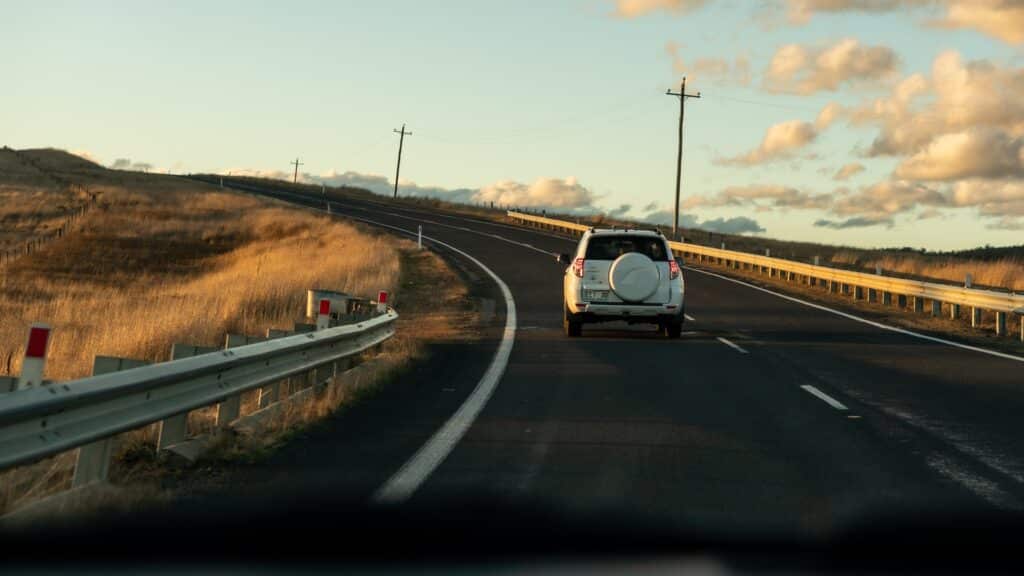
More safe driving tips
If you want to learn more about car safety, check out our blog posts below for some valuable insights:
- Yes or No… Does Car Tyre Pressure Matter?
- What to Do After a Car Accident: Your 10 Steps
- Here’s What to Do if Your Car is Stolen
- Who Do You Call When Your Car Breaks Down?
- How to Fix a Punctured Tyre with Sealant or a Repair Kit
- Car Safety Features: Future and Present
- Simple Car Technology You Should Be Using
- What Are Car Safety Ratings?
Defensive driving and car insurance for the unexpected
Learning the skills of defensive driving is a great way to avoid getting in a car accident in the first place. But if the worst does happen, ensure your vehicle is properly protected with a comprehensive car insurance policy.
At PD Insurance, simplicity and commitment to great customer support in your time of need are core to our philosophy. We provide award-winning affordable car insurance policies suited to your unique driving lifestyle.
Click below to start your quote with us now.
Share On:


